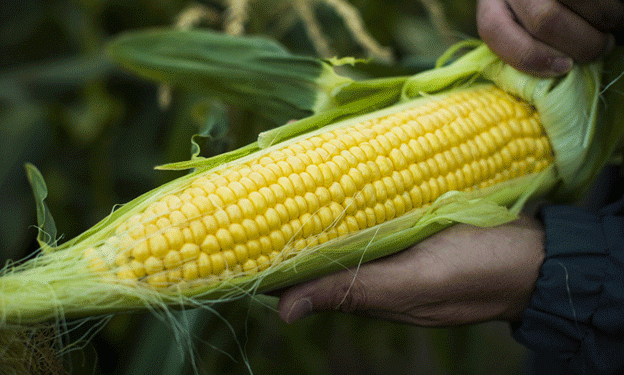A Perfect Growing Season for Sweet Corn
Unprecedented weather conditions on New Zealand’s East Cape have advanced the harvest of LeaderBrand sweet corn by two weeks. The record-breaking hot and dry spring allowed the first fields, planted in August, to mature ahead of schedule. According to Gordon McPhail, General Manager of Farming at LeaderBrand, this is the first time in years that the team has been able to plant and harvest corn within the same week.
“High temperatures and long days have been perfect for growing creamy, sweet corn,” said McPhail. Despite the challenges posed by increased irrigation needs, LeaderBrand’s team ensured the crops thrived, marking a stark contrast to the rainy seasons of previous years.
Freshness Guaranteed: From Field to Supermarket
LeaderBrand has refined its harvesting and distribution process to prioritize freshness. The sweet corn is hand-picked to minimize damage, chilled immediately using advanced forced air-cooling technology, and delivered to local supermarkets within 24 hours. These measures preserve the corn’s natural sweetness and quality, ensuring consumers receive a top-tier product.
When selecting corn, McPhail advises shoppers to look for dark green husks, full cobs with kernels extending to the top, and golden-brown tassels, which indicate maturity.
Nutritional Value and Popularity
Sweet corn is a household favorite in New Zealand, often surpassing strawberries in popularity. Beyond its taste and versatility, it is packed with health benefits. According to Carmel Ireland from the “5+ A Day” program, sweet corn is an excellent source of fiber, vitamin C, and folate, and it promotes gut health. Including corn in meals is an easy way to add vibrant color and nutritional value to any diet.
Implications for Agriculture
This year’s early harvest demonstrates how favorable weather can significantly impact crop cycles. It also underscores the importance of adaptive farming practices, such as efficient irrigation systems and advanced cooling technologies. For LeaderBrand, these innovations have enabled them to maintain consistent quality while meeting increased consumer demand earlier than expected.
LeaderBrand’s early sweet corn harvest highlights the synergy between climate conditions and agricultural practices. By leveraging advanced techniques and meticulous care, the company has delivered a product that satisfies both quality and timing expectations. This success story offers valuable insights into how farmers can adapt to and capitalize on changing environmental conditions.
Error





